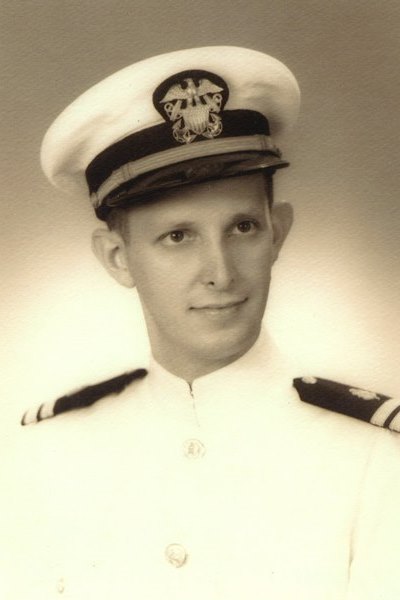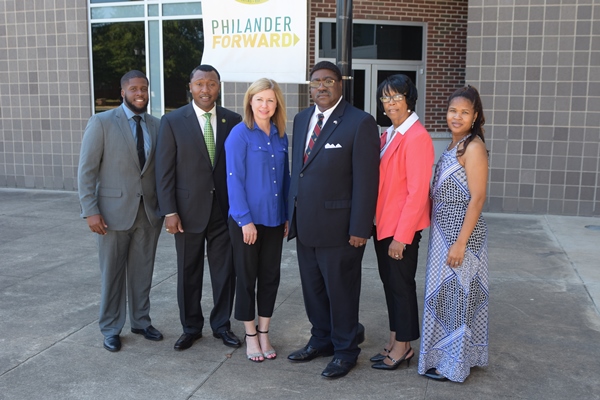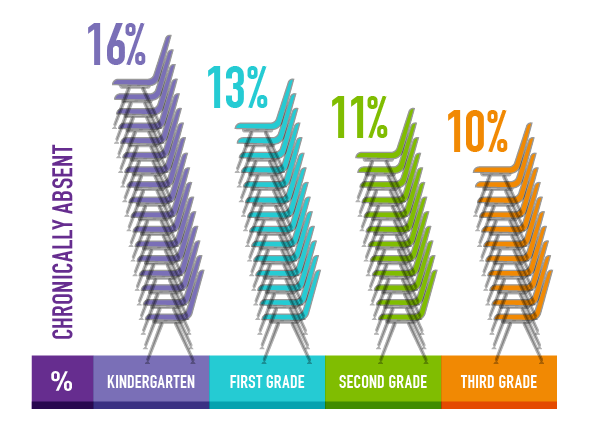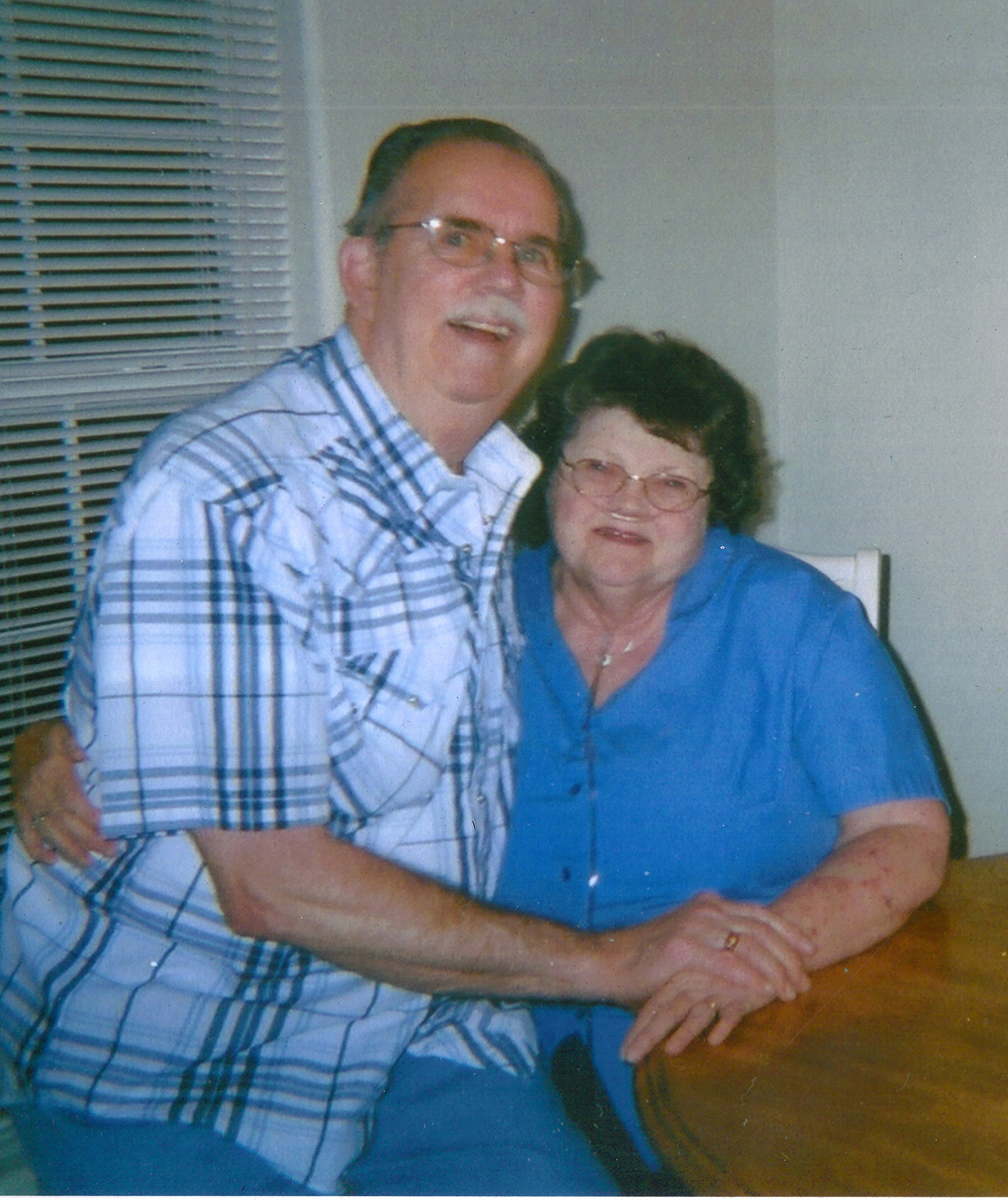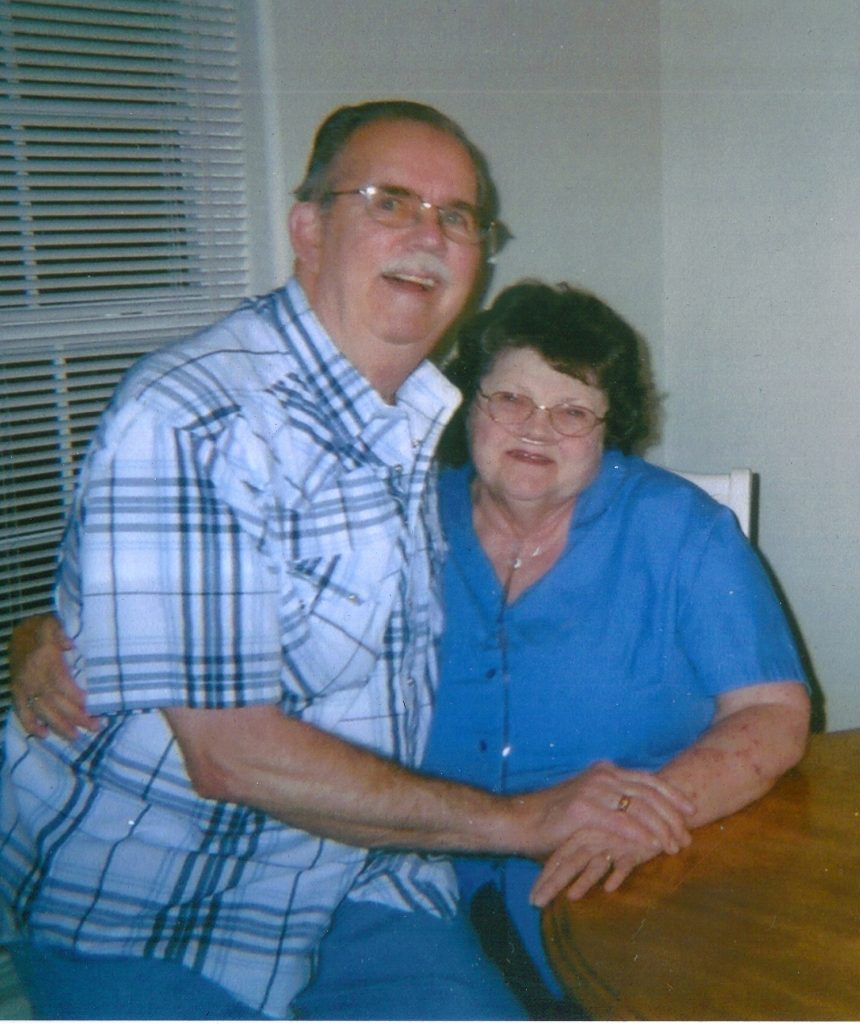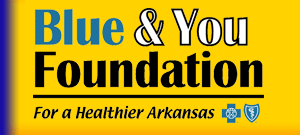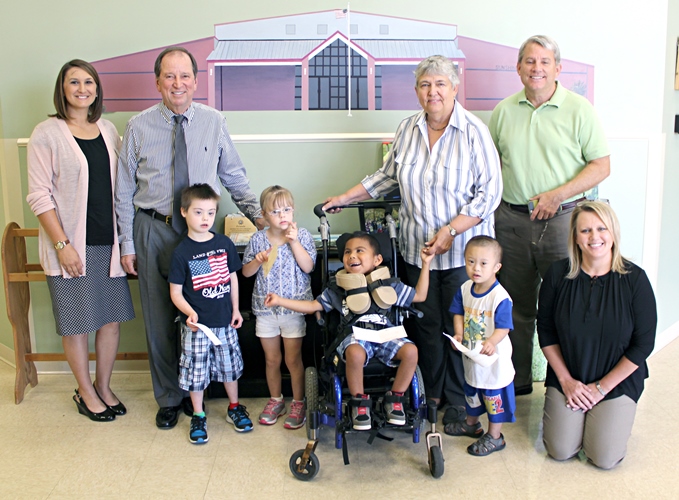
Over the past 40 years, Arkansas Community Foundation has partnered with Arkansans who are passionate about making a difference in their communities. As our mission says, we engage people, connect resources and inspire solutions to build community. Here’s a recent example of how White County Community Foundation, an affiliate of Arkansas Community Foundation, connected community resources.
Serving students of all ages with developmental disabilities, Sunshine School had a specific need for iPads to change the way their students learn. Hearing about this need, Community Foundation board members saw an opportunity to partner with other community organizations. The Rotary Club of Searcy, Edward Jones Financial Advisor Amy Daniels and Haymond Insurance joined forces to grow their impact and provided funds for the purchase of iPads.
Sunshine School began in 1964 under the sponsorship of the Searcy Junior Auxiliary. Starting with seven special education students attending on a half-day basis, classes were held in converted Army barracks on land leased from Searcy Public Schools. Two locations later, the school relocated in August 2011 to their new, updated and spacious facility with 12 classrooms, a large multipurpose room, several therapy rooms, as well as office and conference room space.
Sunshine School serves students from Searcy, Augusta, Pangburn, Kensett, Des Arc, Pleasant Plains, Beebe, Judsonia, Hazen, Bradford and McCrory. There is no age limit for students to be admitted to the preschool, nor is there a cut-off age for adults to attend. To learn more about Sunshine School, check out the information provided on their website.
To find out how we partner with Arkansans like you who love to give, check out previous blog posts, get updates from us or read about ArkansasGives, our one-day online giving event on April 6, 2017.




